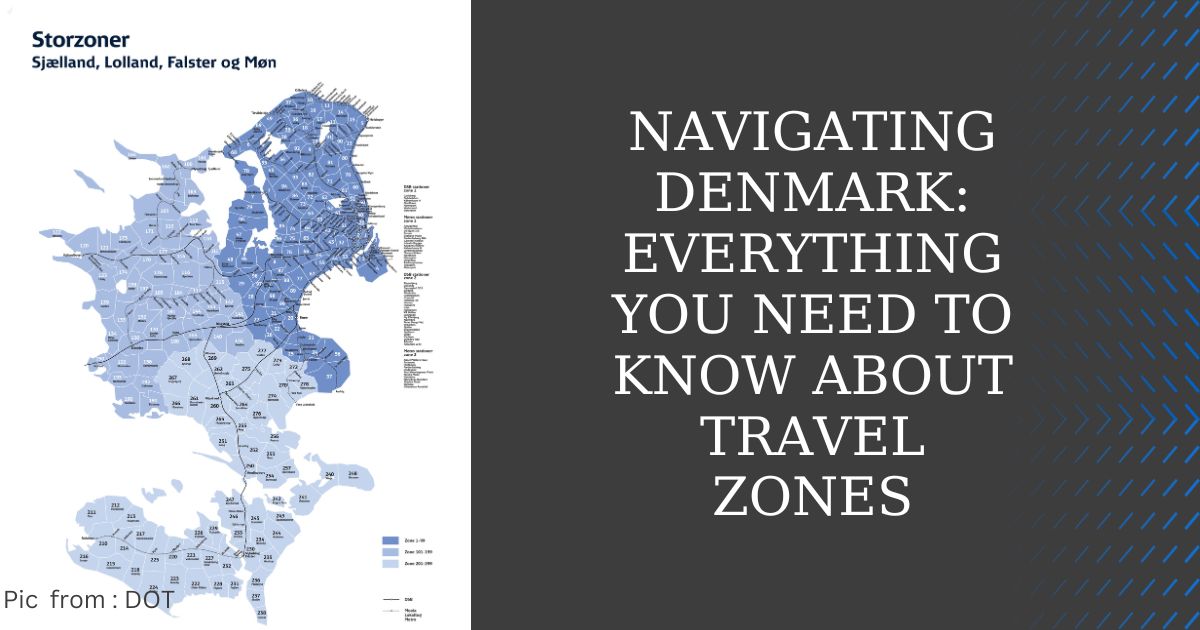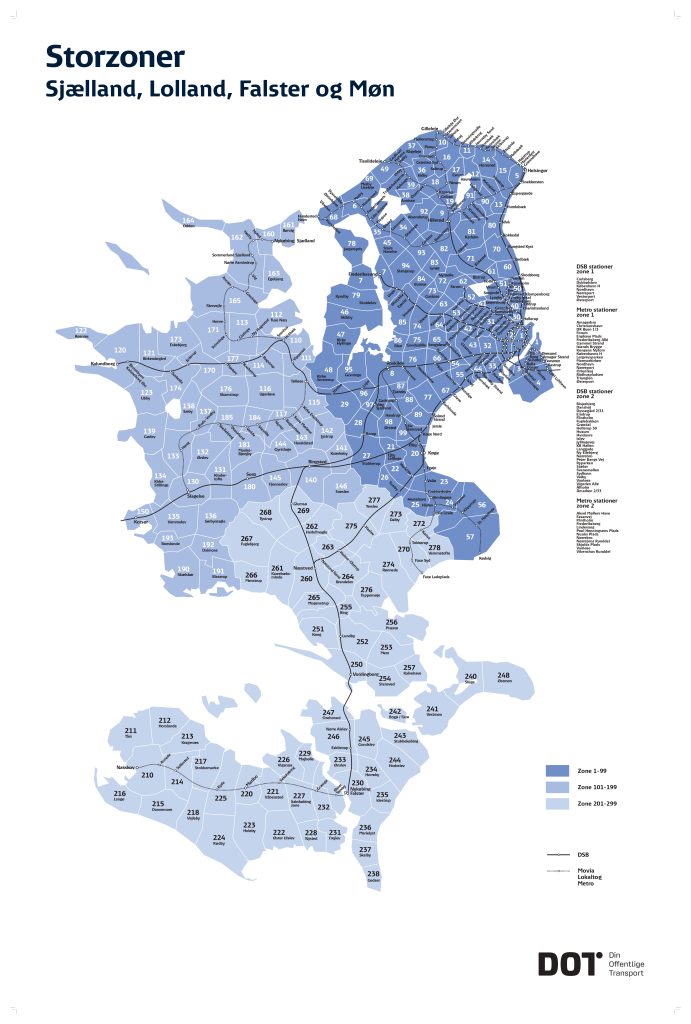Welcome to Denmark, a beautiful country full of stunning sights and exciting adventures! If you’re planning to explore Denmark, understanding how travel zones work can make your journey much smoother.
Everything You Need to Know About Travel Zones is here :
In Denmark, travel zones help organize the transportation system, making it easy for people to get around. Whether you’re visiting big cities like Copenhagen or smaller towns and countryside areas, knowing about these zones will help you travel with confidence.
In this guide, we’ll break down everything you need to know about Denmark’s travel zones. So, get ready to explore Denmark like a pro!
At first, You need to know that Denmark have Zealand, Lolland, Falster, and Møn form a single fare zone separated into zones, determining the route costs ( price of your transport) . Zone starts from 1 to 299 covering all the regions of Denmark. And , Zone 1, 2 are considered as Copenhagen city area. Let’s directly deep dive into the Denmark travel prices. As , You are known to the fact that zones determine the travel fare for the journey but there is another factors called time which plays the vital role in your travel prices. Lets analyse with the picture below.
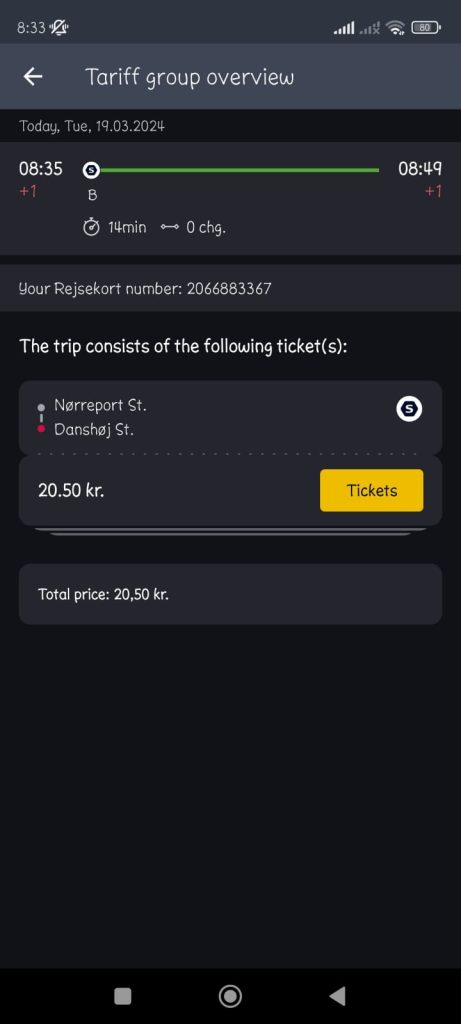
During Rush Hours
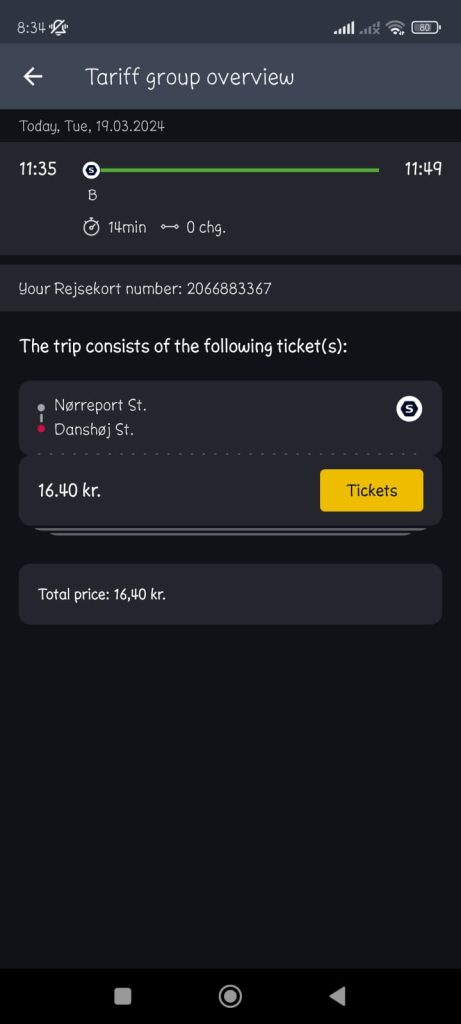
During Normal Hours
As, You can see when I travel from Nørreport to Danshøj St. during the office hours (08:35 as stated in pic) also called rush hours, you’ll be spending more money in your travel fare, where as when you travel during the normal hours as in second picture your travelling fare looks slightly Low. Analysing the difference, 4.10 kr. is what you will pay more. Above pictures, shows the route from Nørreport to Danshøj St. where you travel between 2 travel zones.
Interpreting all of the above details question may arises In your mind, How do I know which travel zones I’m Travelling in ? There are many ways to find out the answers. But, first you must know that which type of card or ticket you’re using. In Denmark, we have multiple options to buy tickets to commute. Vending Machine, Rejsekort and mobile apps are some of tools we use in Denmark. Among, them what I find best and Popular is DSB App, where they have multiple options like buying ticket for single journey, or if you commute regularly there is option of Monthly pass ( commuter card ), metro and so on. To mention, all this functions are also available in rejsekort, a physical form of card which is used for check in/out in your journey.
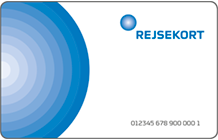
At first, you have to load a amount and you can commute by checking in/out. It automatically deduct amount from your card calculating zones you travelled. So, as long as you have money in your rejeskort you can travel any zones.
But, if you’re using mobile app and monthly commuter card for travelling which already states the zone ,you cannot travel outside of the Zone that is not stated in your card, otherwise you’ll be liable for penalty fare.
Finally, To know which zone you’re travelling in to avoid the penalty fare please look the video below :
@bibeshnepal7 Know more about Zones in Denmark. Here , I come up with details info what zone you're travelling in and how to check it out. #denmark🇩🇰 #zone #travellingtodenmark #transport ♬ Promotional – FlyFlyMusic
Also, don’t forget to read : https://bibeshnepal.com.np/first-salary-look-after-tax-in-denmark/

